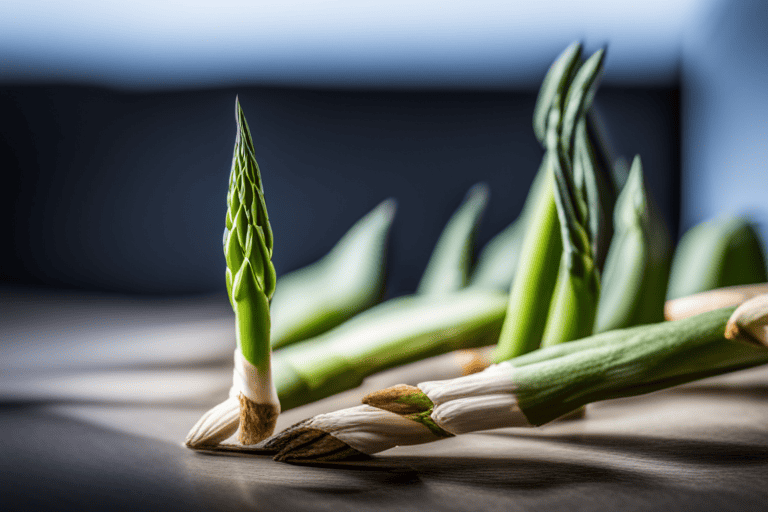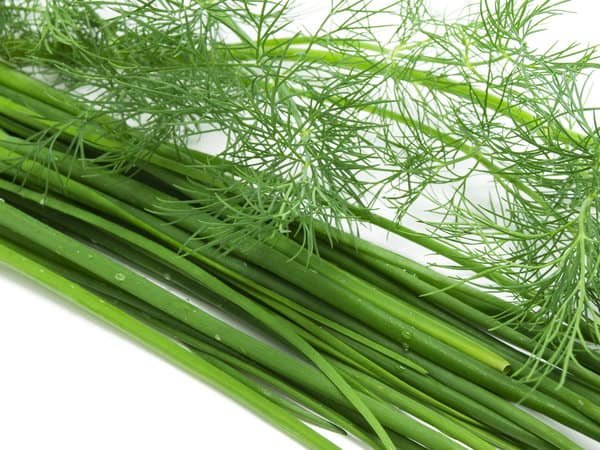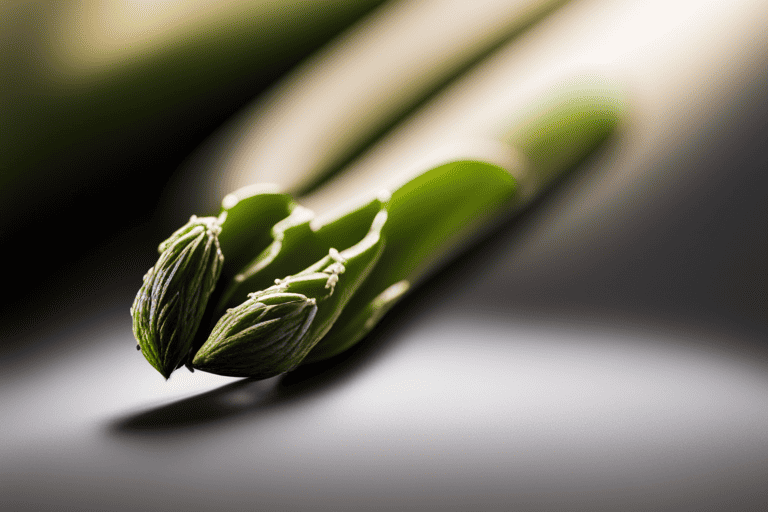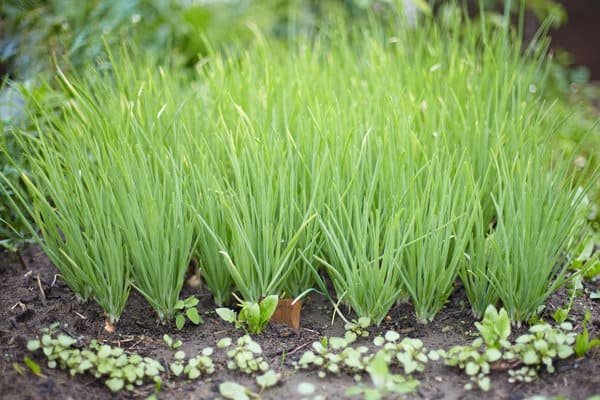Welcome to our comprehensive guide on mastering onion cultivation in the Lone Star State! If you’re a resident of Texas with a passion for gardening or an aspiring farmer looking to delve into onion production, you’ve come to the right place. In this article, we will equip you with all the knowledge and techniques necessary to successfully grow onions in Texas’ unique climatic conditions.
From selecting the perfect onion varieties suitable for the region to understanding ideal planting schedules and site preparation, we’ll delve deep into every aspect of onion cultivation specific to this great state. Whether you have acres of land or limited space in your backyard garden, our expert advice and step-by-step instructions will empower you to produce bountiful crops year after year.
So gear up, put on your gardening gloves, and get ready to immerse yourself in this exciting journey towards becoming an accomplished onion cultivator in Texas!
Selecting the Best Onion Varieties for Texas
Welcome to our comprehensive guide on mastering onion cultivation in the Lone Star State! If you’re a resident of Texas with a passion for gardening or an aspiring farmer looking to delve into onion production, you’ve come to the right place. In this article, we will equip you with all the knowledge and techniques necessary to successfully grow onions in Texas’ unique climatic conditions.
One of the first steps in cultivating onions in Texas is selecting the best varieties for your region. When choosing onion varieties, it’s essential to consider their adaptability to different climates and disease resistance. Some popular options that fare well in Texas include ‘Texas Legend’, known for its ability to withstand hot temperatures, ‘1015Y’, famous for its mild flavor and large size, as well as ‘Red Creole’ which is resistant to diseases common in southern regions. By choosing these suitable cultivars, you can ensure greater success rates during your growing season.
In addition to considering adaptability and disease resistance when selecting onion varieties for Texas cultivation, it’s important also take into account maturity dates. Onions suited for short-day lengths are ideal choices as they require fewer daylight hours before bulb formation begins – around 10-12 hours only. This allows them ample time under cooler temperatures before reaching their full potential at harvest time—an advantage considering parts of Texas experience early spring frost or extreme heat spells later on.
By carefully selecting appropriate onion varieties tailored specifically towards Texas conditions—taking into account climate resilience along with maturity dates—you’ll be poised for success while embarking on your journey towards successful onion cultivation!

Understanding Texas’ Unique Climatic Conditions for Onion Cultivation
Welcome to our comprehensive guide on mastering onion cultivation in the Lone Star State! If you’re a resident of Texas with a passion for gardening or an aspiring farmer looking to delve into onion production, you’ve come to the right place. In this article, we will equip you with all the knowledge and techniques necessary to successfully grow onions in Texas’ unique climatic conditions.
Texas’ climate is characterized by its extreme temperatures and variable precipitation patterns, making it important for onion growers to understand these conditions. Onions thrive in cool weather but can also tolerate hot temperatures. The long growing season in Texas allows for multiple planting opportunities, but careful consideration must be given to select appropriate varieties that are heat-tolerant and adapted to the region.
Understanding ideal planting schedules is crucial when cultivating onions in Texas. Planting too early may result in frost damage while planting too late may lead to poor bulb development as warmer temperatures approach. It’s recommended to plant short-day onion varieties during fall for spring harvests while intermediate-day or long-day varieties are better suited for winter harvests in southern regions of Texas.
In conclusion, growing onions in Texas requires a deep understanding of the state’s climatic conditions. By selecting suitable onion varieties, carefully following planting schedules, and preparing your site adequately, you’ll be on your way to successfully cultivating this staple crop. This comprehensive guide will provide you with all the necessary information needed for mastering onion cultivation and achieving successful yields even within Texas’ unique climate.
Essential Tips for Site Preparation in Texas Onion Farms
Are you interested in growing onions in Texas? In this comprehensive guide, we will provide you with essential tips for site preparation to help ensure successful onion cultivation. The Lone Star State’s unique climatic conditions require careful planning and preparation. Firstly, it is crucial to choose the right varieties of onions suitable for the region. Factors such as bulb size, storage capacity, and disease resistance should be considered.
Furthermore, understanding ideal planting schedules is vital. Onions thrive in well-drained soil and require full sun exposure. Clear any obstructions such as rocks or debris from your chosen site before planting. Additionally, amending the soil with organic matter can improve its fertility and drainage qualities.
Proper site preparation goes a long way in ensuring healthy onion crops. Adequate spacing between rows allows for good airflow and reduces the risk of disease development among plants. Regular irrigation during dry periods is necessary to keep the plants hydrated and prevent wilting.
By following these important tips for site preparation on Texas onion farms, you’ll be well on your way to mastering onion cultivation in this great state!
Mastering the Art of Planting Onions in the Lone Star State
Welcome to our comprehensive guide on mastering onion cultivation in the Lone Star State! If you’re a resident of Texas with a passion for gardening or an aspiring farmer looking to delve into onion production, you’ve come to the right place. In this article, we will equip you with all the knowledge and techniques necessary to successfully grow onions in Texas’ unique climatic conditions. From selecting the perfect onion varieties suitable for the region to understanding ideal planting schedules and site preparation, we’ll delve deep into every aspect of onion cultivation specific to this great state.
Texas poses certain challenges for growing onions due to its hot climate and varying soil types. However, with proper planning and execution, it is possible to achieve abundant harvests of high-quality onions. We will explore strategies such as choosing adapted cultivars resistant against diseases common in Texas and timing your planting so that bulbs mature before temperatures soar too high. Additionally, we’ll provide guidance on preparing your soil through adequate drainage and organic matter amendments.
Whether you’re an experienced gardener seeking advanced tips or a beginner just starting out with cultivating onions in Texas, our guide has got you covered from start to finish. By following these tried-and-tested procedures tailored specifically for Texan conditions, you can master the art of growing onions while enjoying their savory flavors straight from your garden or farm.
Best Practices for Watering and Irrigating Onions in Texas
Watering and irrigating onions in Texas requires careful consideration of the region’s unique climatic conditions. To ensure optimal growth and development, it is important to follow certain best practices. Firstly, onions should be consistently watered throughout their growing season, but excessive watering should be avoided as it can lead to diseases like root rot. The soil should be kept moist but not overly saturated.
Secondly, the timing of irrigation is crucial. Onions require more water during their initial stage of growth when they are establishing roots. As they mature, reducing the frequency and amount of irrigation helps stimulate bulb formation. It is recommended to provide deep watering rather than shallow sprinkling to encourage deeper root penetration into the soil.
Lastly, using drip or soaker hoses for irrigation instead of overhead sprinklers can minimize water evaporation and ensure efficient water delivery directly to the plant roots. Mulching around onion plants can also help retain moisture in the soil while preventing weed growth that competes for nutrients and water resources.
By following these best practices for watering and irrigating onions in Texas’ distinct climate, growers can maximize their yield potential and achieve successful onion production in this great state.
Nurturing and Maintaining Healthy Onion Plants in Texas
Welcome to our comprehensive guide on nurturing and maintaining healthy onion plants in Texas. Whether you are an experienced gardener or a novice farmer, this article aims to provide you with the essential knowledge and techniques needed for successful onion cultivation in the Lone Star State’s unique climatic conditions. We will explore various aspects of onion production specific to this region, from selecting suitable onion varieties that thrive in Texas to understanding optimal planting schedules and site preparation.
To begin your journey toward flourishing onion plants, it is crucial to choose the right varieties adapted to Texas’ climate. Factors such as heat tolerance, disease resistance, and bulb size play vital roles in determining which types of onions will be most successful. Additionally, we will delve into the art of proper planting schedules tailored specifically for Texas gardens or farmlands. Understanding when and how deep onions should be planted can significantly impact their growth rate and overall health.
Moreover, site preparation also plays a pivotal role in fostering healthy onion plants. The soil composition should be well-drained yet moisture-retaining while providing adequate levels of nutrients necessary for vigorous growth. Incorporating organic matter into the soil can enhance its fertility and improve water retention capabilities.
By following these guidelines provided by our comprehensive guide on mastering onion cultivation in Texas, you’ll have all the necessary tools at hand to nurture thriving onion crops while embracing your love for gardening or embarking on your farming dreams!
Harvesting and Storing Onions: Tips for Texas Farmers
Welcome to our comprehensive guide on mastering onion cultivation in the Lone Star State! If you’re a resident of Texas with a passion for gardening or an aspiring farmer looking to delve into onion production, you’ve come to the right place. In this article, we will equip you with all the knowledge and techniques necessary to successfully grow onions in Texas’ unique climatic conditions.
When it comes to harvesting onions, timing is crucial. It’s recommended to begin harvesting when around 50-75% of the tops have fallen over naturally. Gently bending down any remaining tops can help speed up this process. Once harvested, leave the onions in shallow rows or spread them out on racks in a shady area with good airflow for about two weeks until they are fully cured. Proper curing ensures better storage life by allowing excess moisture to evaporate from their skins.
Storage is another important aspect of onion cultivation for Texas farmers. After curing, trim off any dried tops and roots before storing your onions in well-ventilated containers such as mesh bags or wire baskets that allow air circulation while protecting them from light exposure. For long-term storage, maintain cool temperatures between 32°F and 40°F with relative humidity levels around 65%. Regularly check stored onions for signs of decay or sprouting and remove any affected bulbs promptly to prevent further spoilage.
From selecting suitable varieties to understanding proper harvesting and storage techniques, mastering onion cultivation requires attention to detail and understanding of Texas’ specific conditions. By following these tips, Texas farmers can ensure successful onion production and enjoy the fruits (or rather vegetables) of their labor throughout the year!






